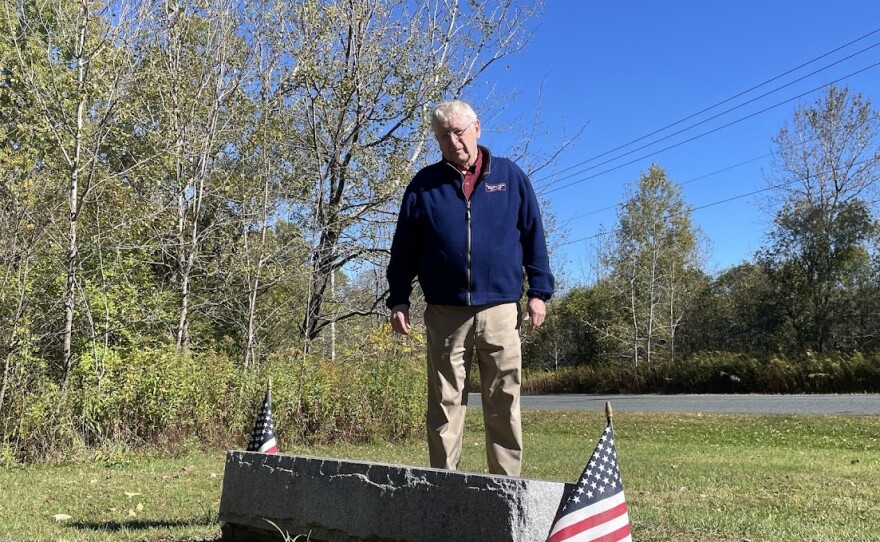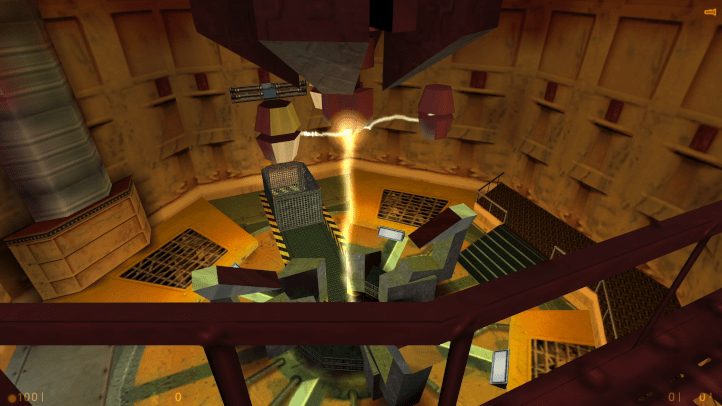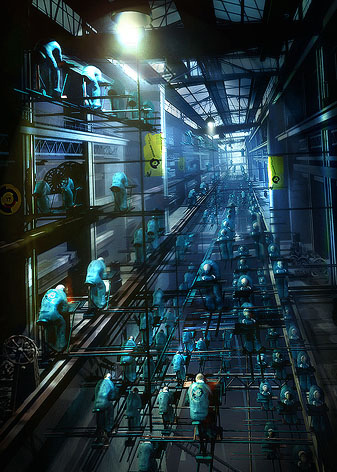Unearthing the Air Exchange: A Community Effort to Restore Half-Life 2's Lost Chapter For years, whispers have circulated within the Half-Life community about "Air Exchange," a chapter cut from the final release of Half-Life 2.

For years, whispers have circulated within the Half-Life community about "Air Exchange," a chapter cut from the final release of Half-Life 2. What was initially dismissed as rumour is now the focus of a dedicated community project aiming to restore and even expand upon this lost piece of Valve's history. As Dr. Emily Carter, leading "The Lambda Legacy Project," I'm here to provide an inside look at the challenges, discoveries, and debates surrounding this ambitious undertaking.
The Lambda Legacy Project is a small team committed to archiving and restoring lost content from Valve’s rich development history. We believe that preserving these fragments offers invaluable insights into the creative process behind some of gaming's most iconic titles. Unlike some purely fan-driven initiatives, our approach emphasizes meticulous research, technical accuracy, and a deep respect for the original vision.
The Technical Minefield: Reconstructing Fragmented Data
Our primary challenge lies in the fragmented state of the available map files. What remains of "Air Exchange" exists as a collection of incomplete and, in some cases, corrupted level designs. Imagine trying to assemble a jigsaw puzzle with half the pieces missing and the box lid torn. That's essentially what we're facing.
We rely heavily on the standard tools of the Source engine modding community: Hammer, the level editor, and the Source SDK. However, these tools are often insufficient to deal with the specific issues we encounter. Custom decompilation scripts are essential to extract usable data from damaged files. These scripts allow us to piece together bits of geometry, textures, and entity placements that would otherwise be inaccessible.
One common problem is vertex welding errors. During the compilation process, the Source engine optimizes the map geometry by merging adjacent vertices. Incomplete or corrupted map files often exhibit errors in this process, leading to visual glitches and instability. Correcting these requires painstaking manual intervention. Similarly, missing lightmap data presents a significant obstacle. Without proper lighting information, the levels appear flat and lifeless. Recreating this involves carefully analyzing existing Half-Life 2 levels and attempting to extrapolate the original lighting design based on architectural features and entity placements.
Despite these hurdles, we've made significant progress. We have managed to recover several key architectural components, including substantial portions of the ventilation system and the initial layout of the Combine processing areas. These discoveries provide tangible evidence of Valve's initial intentions for this chapter.

Aesthetic Integrity: Maintaining the Half-Life 2 Vision
Beyond the technical challenges, aesthetic considerations are paramount. Our goal is not simply to create a playable level, but to create a level that feels authentically Half-Life 2. This requires a deep understanding of the game's art style, environmental design, and overall atmosphere.
Our approach to textures is two-fold. Where possible, we use upscaled versions of existing Half-Life 2 textures. However, the limited availability of appropriate textures often necessitates the creation of new ones. To maintain consistency, we employ a combination of AI-assisted techniques and meticulous hand-painting in Photoshop. The AI helps us generate variations and details based on existing textures, while manual adjustments ensure they fit seamlessly into the Half-Life 2 aesthetic.
Lighting is another crucial element. We strive for the same stark, industrial feel that characterizes the Citadel and other Combine-controlled environments. This involves careful placement of light sources, subtle use of shadows, and precise control over light color and intensity. We've paid particular attention to emulating the original color palette and ambient occlusion present in the game's initial levels.

The Debate on Expansion: How Much is Too Much?
Inevitably, the restoration process involves making decisions about how to fill in the gaps left by the incomplete map files. This has sparked considerable debate within the community. Some argue that we should take creative liberties and expand upon the existing levels based on our own interpretations. Others advocate for a more conservative approach, sticking as closely as possible to the original, albeit incomplete, designs.
I personally advocate for faithfulness to the original vision whenever possible. While some expansion is unavoidable, we strive to base our decisions on a thorough understanding of Half-Life 2's narrative, gameplay mechanics, and overall design principles. We pore over concept art, developer commentary, and even unused dialogue lines to glean insights into Valve's original intentions.

Narrative Implications: Where Does Air Exchange Fit?
Perhaps the most intriguing aspect of the "Air Exchange" restoration is the potential impact on the game's narrative. Based on our research, it appears that this chapter was intended to occur relatively early in the game, possibly between the "Entanglement" and "Anticitizen One" chapters. The Combine processing areas suggest that Gordon Freeman would have encountered captured citizens being processed and potentially repurposed by the Combine.
The presence of extensive ventilation systems hints at opportunities for stealth gameplay and exploration. It's possible that Gordon would have used these vents to bypass heavily guarded areas or to gain a tactical advantage over the Combine.
We are carefully considering how these new areas would fit into the established storyline. Our goal is not to rewrite the narrative, but to enhance it by providing additional context and depth. We are working closely with experienced Half-Life writers to ensure that our additions are consistent with the game's overall tone and themes.

The Importance of Preservation: A Legacy for Future Generations
The "Air Exchange" restoration project is more than just a mod; it's an act of digital preservation. By recovering and restoring these lost elements, we are ensuring that future generations of gamers can experience a more complete picture of Half-Life 2's development.
It is crucial to remember that game development is an iterative process. Many ideas are explored, and many levels are created, only to be discarded along the way. These discarded elements often hold valuable insights into the creative decisions that shaped the final product. By studying these fragments, we can gain a deeper appreciation for the artistry and technical skill that goes into creating a great game.

Progress and Future Plans: Staying Updated
The Lambda Legacy Project continues to make strides in restoring and expanding the "Air Exchange" chapter. While we acknowledge the inherent limitations of working with unfinished content, we are confident that we can create a valuable addition to the Half-Life 2 experience.

We maintain a development blog where we regularly post updates on our progress, discuss technical challenges, and share our design decisions. We encourage anyone interested in the project to follow our blog and provide feedback. The Half-Life community has always been a source of inspiration and support, and we value your input as we continue this journey of discovery and preservation.

The road ahead is long, and the challenges are significant, but the potential rewards are immense. By working together, we can unearth the secrets of the "Air Exchange" and preserve a piece of gaming history for future generations to enjoy. We invite you to join us in this endeavor. The quest to restore the lost chapter of Half-Life 2 is not just about recovering a game level; it's about understanding the creative process and celebrating the enduring legacy of Valve's masterpiece.
